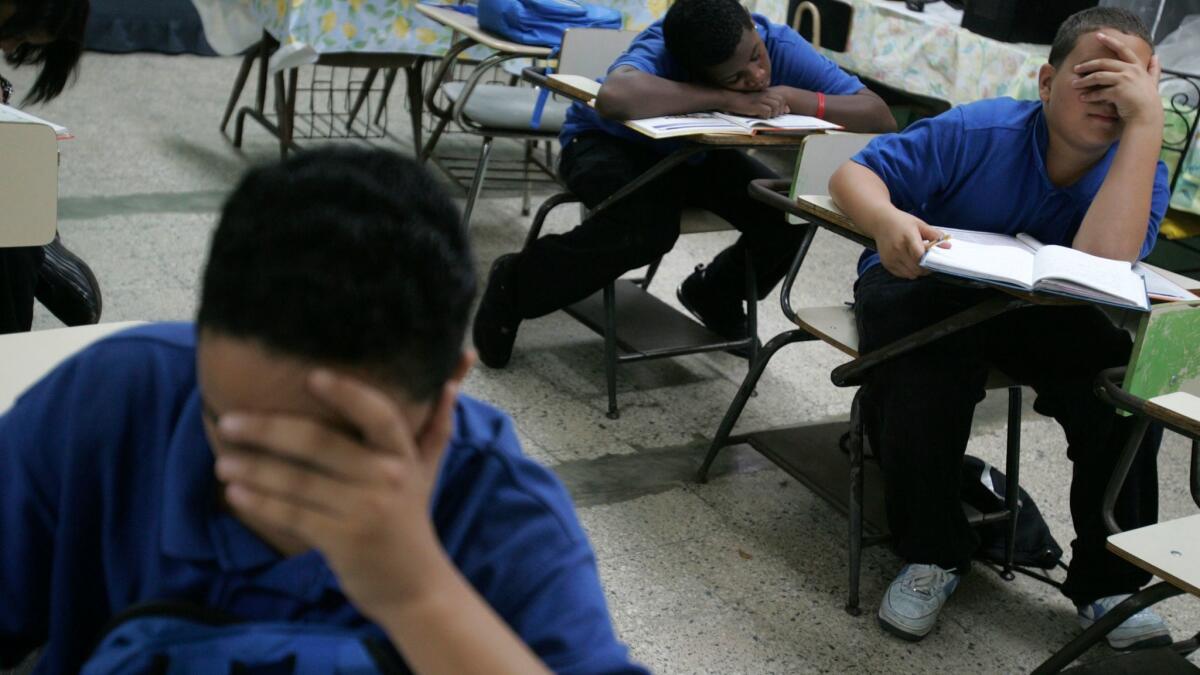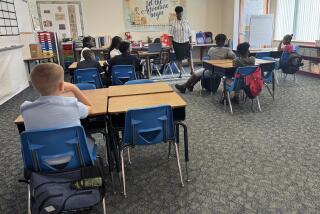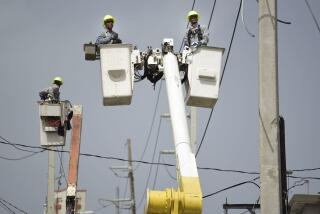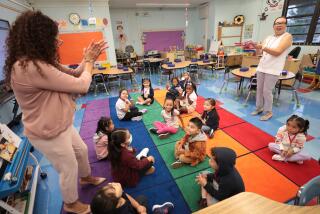Puerto Rico to close 184 public schools amid economic crisis

Puerto Rico will close 184 public schools as part of a broad effort to pull the U.S. territory out of a crippling debt crisis, officials announced Friday.
Roughly 27,000 students — mostly from kindergarten through fourth grade — and 2,700 teachers will be affected by the closures, which are set to take place before next school year.
The U.S. territory is in deep economic crisis. Puerto Rico Gov. Ricardo Rossello said Wednesday that the commonwealth has filed for a type of bankruptcy to help restructure its more than $70-billion in debt after negotiations with multiple creditors failed.
The financial trouble has deepened as many people have left for the U.S. mainland in search of better jobs. Consequently, the population of school children has been in steep decline, making the education system an inviting target for cuts.
Between 2010 and 2015, Puerto Rico closed 150 schools, according to the Associated Press. This new round will be the largest in Puerto Rico’s history.
“What we saw in the past 30 years is that the number of students in the public school system has radically declined by something like 20 or 30 percent,” said Arturo Porzecanski, an economist at American University in Washington. “And in the meantime the number of teachers has increased. Nowadays it’s typical to have 15 or 20 students in the classroom.”
We saw the list of schools that will close all over Facebook but no one spoke to me.
— Belinda Plaza, 40, elementary school teacher
Porzecanski said he supports the closures but would have favored doing it gradually. “Government agencies should have been whittled down proportionally, and now this is all happening during one of the worst moments in Puerto Rico’s history,” he said.
The restructuring of the school system took several months, Julia Keleher, its secretary of education, said at a press conference. Students from schools that are set to close have been assigned to other schools. But transportation is likely to be an issue, because many of the schools that were told to close their doors are in far-flung rural areas.
Teachers will be relocated according to their seniority, Keleher said. Non-teaching employees will be transferred to schools near their homes, and principals and other supporting staff will be relocated to schools that need additional assistance.
“We saw in this redesign a unique opportunity to improve the system in an inclusive, respectful and sensitive way,” Keleher said. “It is our desire that the good quality of life that many of these students and the school community may be experiencing will not be upset.”
But teachers and parents on Friday expressed frustration over the closures and concern over the quality of education students will receive.
“No to the closing of schools,” Shakira Cabrera, a concerned resident, wrote on Facebook. “If they want to save money, then reduce the salary for themselves and stop playing with the children’s education.”
Teachers also expressed worry.
“I’m concerned about what this means for my family,” said Belinda Plaza, 40, an elementary school teacher at Jose Fernandez Rubial, which is slated to close. “I haven’t talked to the principal yet, but we are worried about whether we will have a job. We heard rumors before but this time it is really happening. We saw the list of schools that will close all over Facebook but no one spoke to me.”
Aleida Rivera, 32, a first grade teacher at Abraham Lincoln Elementary School in San Juan, which will be receiving students from another school, said she is acutely aware of what many people are feeling.
She came to the school three years ago after another school where she was working shut down.
Rivera is especially worried about how the closures could affect special education students. She said she is already struggling to meet their needs. “My previous school was small with roughly 150 students, but now we are bigger and some of the special education students are in my classroom,” she said.
With the new announcement, Rivera said she is giving up on teaching in Puerto Rico and moving to Florida.
“We have a lot of highly qualified teachers but the truth is that there are not a lot of students,” she said.
In Florida, she expects to easily find a job and make far more than the $1,750 a month she currently earns.
melissa.etehad@latimes.com
ALSO
Puerto Rico, $70 billion in debt, seeks bankruptcy protection
Blonds have more fun: Hair dye supplies running low in Puerto Rico as island supports baseball team
Jury awards $110.5 million to woman who says Johnson’s baby powder gave her cancer
UPDATES:
3:55 p.m.: This article was updated with information from the education secretary, an economist and teachers.
This article was originally published at 9:50 a.m.
More to Read
Sign up for Essential California
The most important California stories and recommendations in your inbox every morning.
You may occasionally receive promotional content from the Los Angeles Times.











